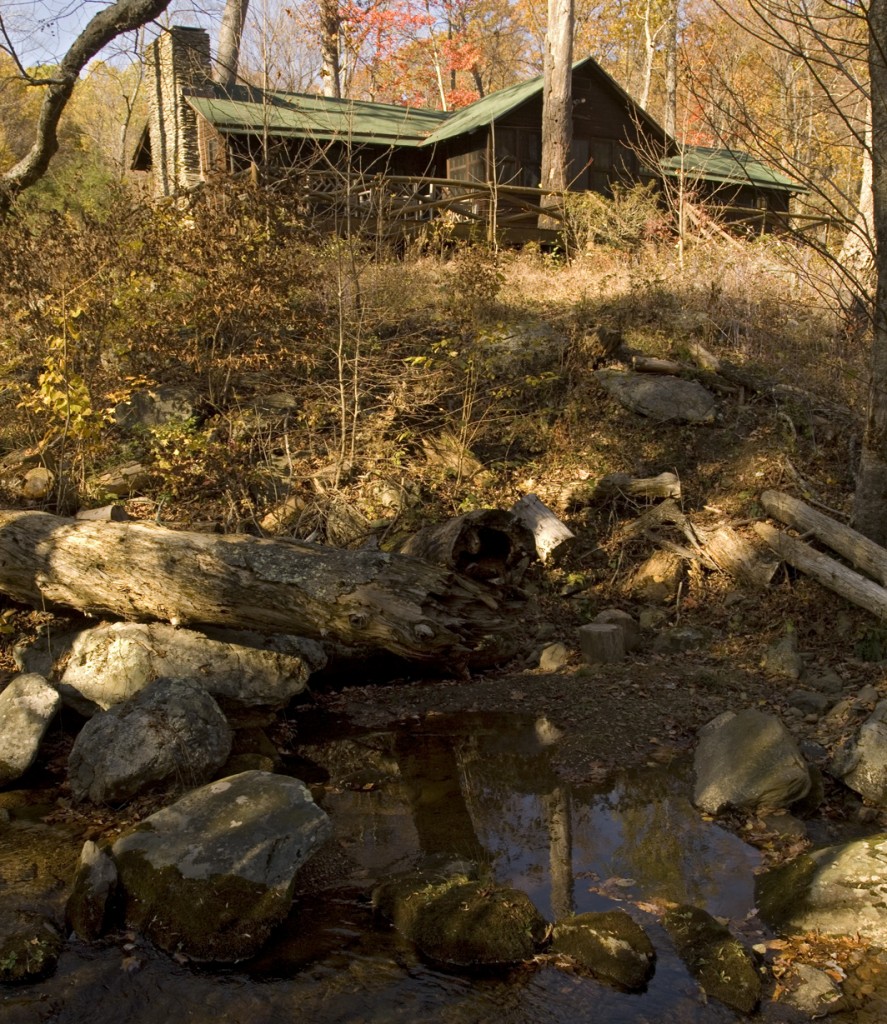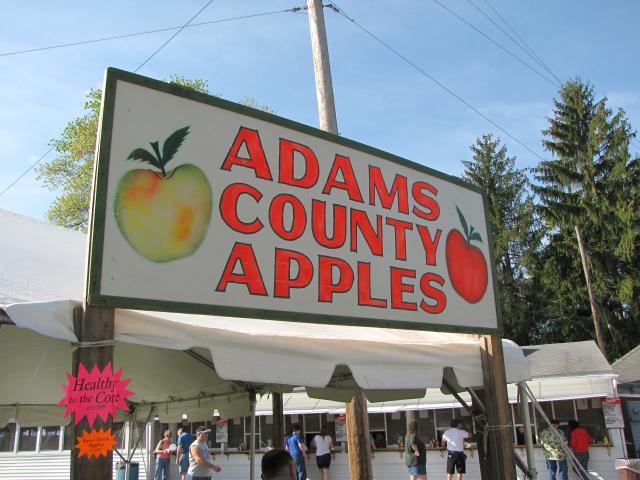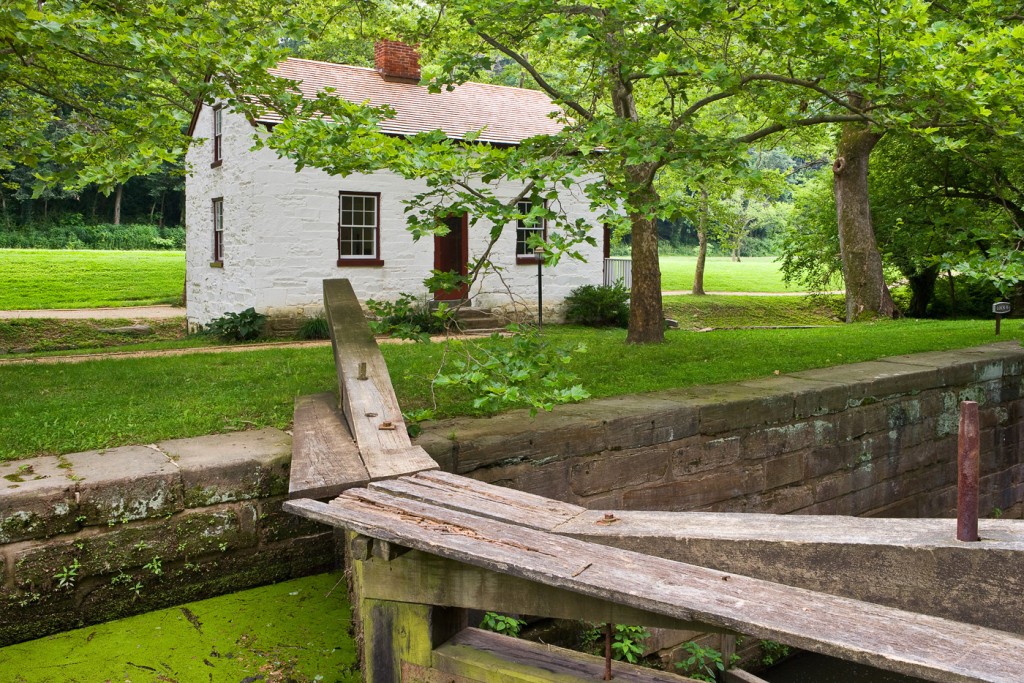On April 9, 1933, newly inaugurated President Franklin D. Roosevelt decided to take a day trip to Shenandoah National Park to inspect a fishing lodge on the Rapidan River that had been donated to the park by his predecessor, President Herbert Hoover, to see if he wanted to use the building as his retreat.
FDR invited Horace Albright, the director of the National Park Service, to ride along, and on the return trip, Albright took the opportunity to describe the Civil War battles at Manassas on the land where the fighting had taken place. The land was in private ownership at the time, and as the story went, they stopped at Stone House, located at the intersection of Routes 211 and 234. Albright made the pitch to have battlefields administered by the War Department, as well as a number of other historic sites administered by the Department of Agriculture and other agencies, transferred to the National Park Service.
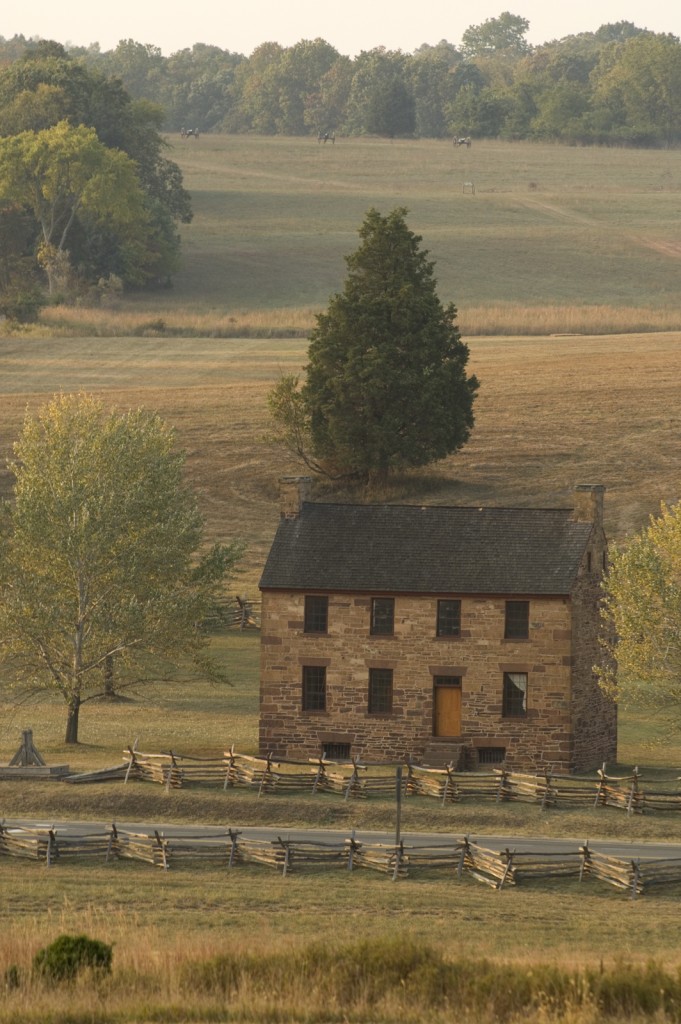
When they returned to Washington, FDR asked Albright to put his money where his mouth was and to prepare a proposal along the lines of what he had suggested at Stone House. Albright made his proposal, and within days, the president issued two executive orders transferring more than 20 military parks, historic battlefields, and monuments to the Park Service, as well as more than a dozen non-military historic sites. Among them were the Statue of Liberty and Mount Rushmore and of the District of Columbia’s most hallowed places, including the Lincoln Memorial, the other monuments on the National Mall, and Rock Creek Park. In all, over 50 parks, monuments, and historic sites came under the jurisdiction of the National Park Service.
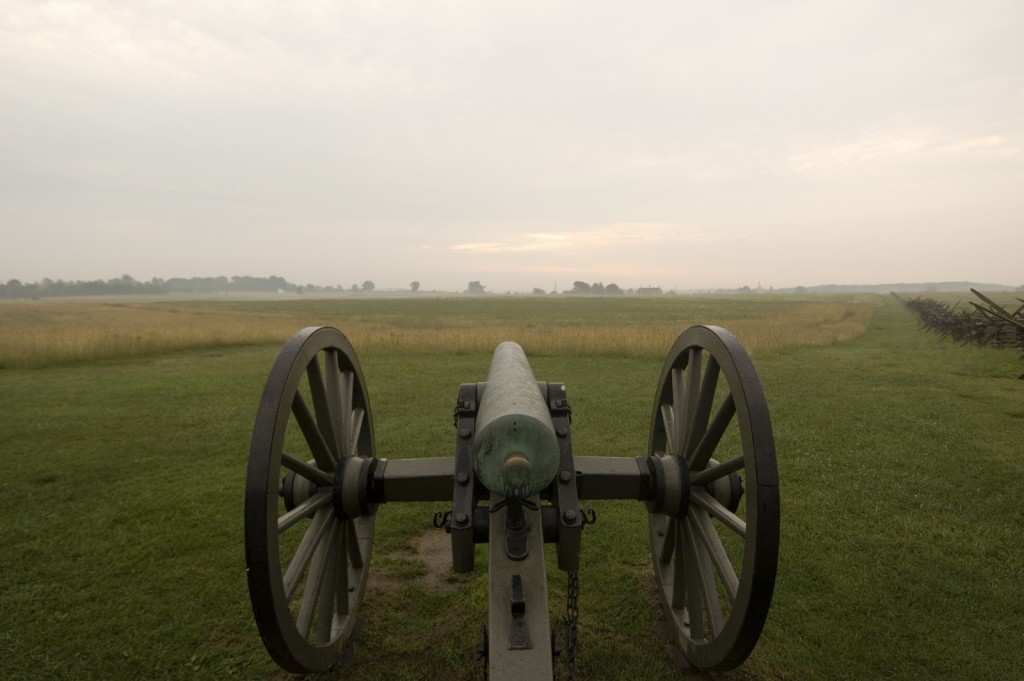
Today, many of the centerpieces in the “Journey Through Hallowed Ground,” administered by the National Park Service, as a result of these executive orders, have created a wonderful partnership that has and will continue to benefit all Americans.
